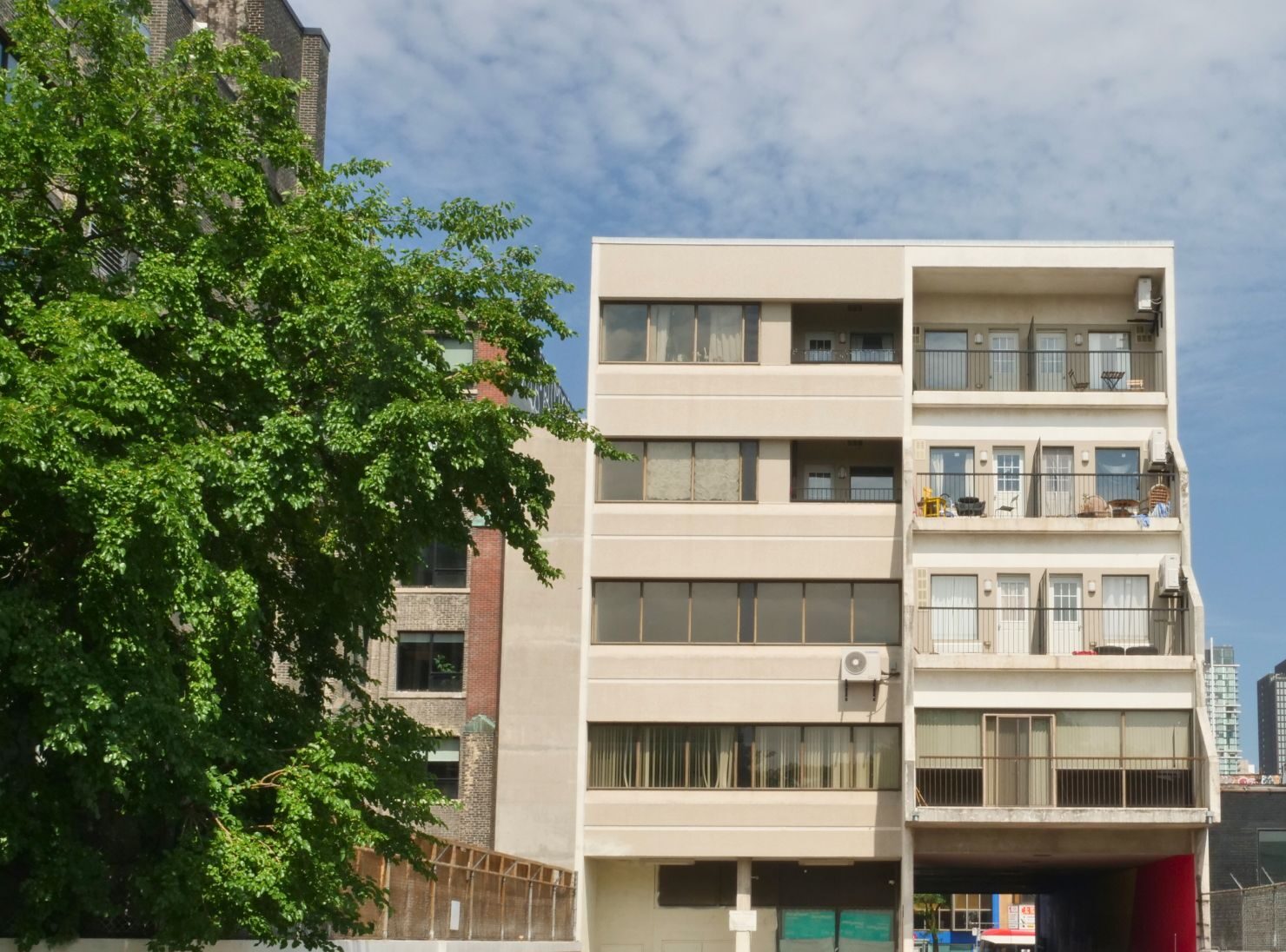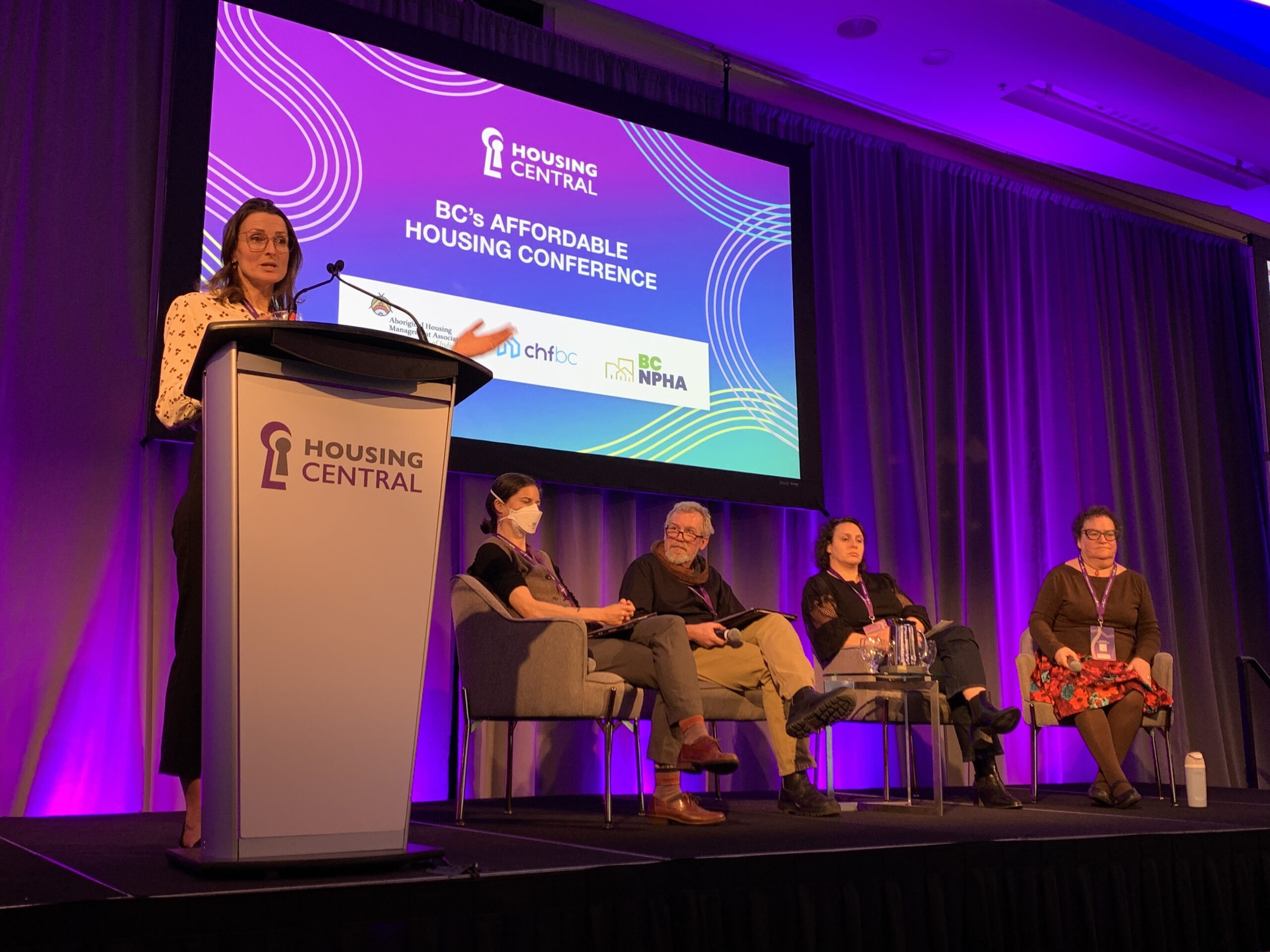Community land trusts (CLTs) are gaining attention as a creative and community-driven solution to one of the most pressing challenges of our time: how do we make land and housing truly affordable—forever? Here are the Balanced Supply of Housing, we’re committed to conducting research that illuminates solutions to Canada’s housing crisis by looking at ways to reshape the financialization of housing, enable sustainable housing futures, and innovate in responsive land practices—like through CLTs.
First, What Is a Community Land Trust?
At its core, a CLT is a non-profit organization that acquires and holds land on behalf of a community. The purpose? To remove land from the speculative real estate market and make it available for long-term, affordable housing and community uses.
Think of a CLT as a community steward. It holds land permanently and leases it out—often at below-market rates—for uses that benefit the community. While individuals or organizations may rent buildings on CLT land in Canada, the land itself remains in trust, protected from being bought and sold for profit. CLTs are grounded in the principle of de-commodifying land, that is, treating land not as a commodity to be flipped, but as a shared resource for community well-being. It also empowers community members by involving them in decision making around the land’s use through a governance system that ensures representation from CLT management (leaseholders), members, and the greater community (aka a tripartite board—more on this later).
So, where did this idea come from? CLTs have deep roots in social justice movements. The model was first formalized in the United States in the 1960s by Black civil rights organizers in the South, who sought ways for tenant farmers to gain control over land and housing in the face of systemic exclusion.
In Canada, the CLT movement began to take shape in the 1980s, with early examples like Communauté Milton Parc in Montreal and Colandco in Toronto. Since the 2010s, Canada has seen a swell in the CLT movement, with nearly 45 operational CLTs across Canada today.
What Do CLTs Actually Do?
CLTs are flexible in supporting all kinds of community needs. While many CLTs focus on affordable housing, others support cultural and community spaces, agriculture, urban gardens, affordable commercial storefronts, and more. At their core, they all aim to take land off the speculative market and use it in ways that truly serve communities. Instead of selling the land to developers or private owners, CLTs retain ownership of the land and offer long-term leases, often 99 years, to residents or non-profits who use the property.
Many CLTs also use a tripartite board to ensure balanced representation, which is often made up of residents, community members, non-profit organizations, and public interest representatives such as housing experts or non-profit leaders. By keeping land under community ownership, CLTs act as guardians of community spaces, ensuring that land is used to meet collective, rather than profit-driven goals.
The Current State of Canadian CLTs
Across Canada, CLTs are at different stages of development, each showing how community-driven models can make an impact, whether they have acquired buildings or are still organizing at the grassroots level, they are making important strides toward community empowerment. Returning to their roots, CLTs also serve as a powerful tool for advancing racial justice in different communities. There is a growing subsect of CLTs led by communities centered around Black, Indigenous, and People of Colour (BIPOC) to reclaim presence and secure permanence in neighbourhoods from which they have been historically displaced through gentrification, urban expansion, and settler colonialism. For example, the Hogan’s Alley Society (HAS) in Vancouver is working towards restoring Black presence in the historically Black neighbourhood that was destroyed by urban renewal projects in the 1960s. Meanwhile, African Nova Scotian CLTs in rural and urban areas of Nova Scotia aim to address the long history of land dispossession faced by African Nova Scotian communities.
For more on BIPOC-led CLTs, read our recent research Reclaim, Remain.
Among more established CLTs, many have put a stronger focus on collective ownership, turning years of organizing into tangible housing and cultural protection. Kensington Market Community Land Trust (KMCLT) in Toronto has made headlines for its purchases of multi-unit buildings in one of Toronto’s most culturally significant and rapidly gentrifying neighbourhoods. Its mission goes beyond protecting affordable housing to also preserving Kensington’s unique character, including its small businesses and the racialized communities that have shaped the neighbourhood for decades. For a deeper dive into KMCLT’s success, read our recent blog Preserving a Home, Protecting a Community.
Why Do CLTs Matter?
Rising rents, mass evictions, and unaffordable home prices are displacing long-time residents and deepening inequality in urban centres. CLTs offer a structural alternative—a way to rethink how we own and use land. As gentrification has reshaped Canadian communities for decades through rising rents, the arrival of wealthier residents, the loss of affordable spaces, and cultural displacement, CLTs are increasingly being used to counter these impacts, particularly as a countermeasure to for-profit development. Read our Responses and Resistance to Gentrification research for more.
What Are the Challenges?
Despite their promise, CLTs are facing real obstacles:
- Acquiring land in overheated real estate markets
- Accessing sustainable funding and financing
- Navigating complex legal and regulatory systems
Adding to the complexity, there is currently no clear legal definition of CLTs in Canadian law as explained in our Community Land Trust Definitions report. This makes it harder to access government support or standardize practices across the country, and many in the sector are calling for community-led mechanisms to strengthen recognition and build momentum.
What Needs to Happen Next?
For CLTs to reach their full potential in Canada, we need more than admiration—we need action. While grassroots momentum continues to grow, broader support systems must catch up. In a recent publication from the Lincoln Institute of Land Policy, International Commentaries on Preserving Affordable Homeownership, BSH researchers Dominique Russell and Susannah Bunce highlight five critical recommendations:
- Mobilizing multifaceted support: Government and public support for CLTs must be broad and sustained. Canada’s National Housing Strategy Demonstrations program is a good start, but more diverse funding streams are needed to support land acquisition, housing development, and long-term operations. Access to public land, especially through free transfers, is essential, and greater alignment with provincial and municipal planning processes can help embed CLTs more firmly into Canada’s affordable housing landscape.
- Invest in stewardship: CLTs are not just housing providers; they are long-term stewards of land and community relationships. Investments in staffing and capacity-building are vital to sustain sectoral growth, especially as many CLTs take on complex projects. Indigenous-led CLTs model stewardship grounded in land-based knowledge systems and a holistic care—offering lessons that can guide all CLTs in acting with responsibility and solidarity
- Avoid treating grants as long-term loans: Governments should treat funding for CLTs as genuine investments, not debt. Grant agreements should support timely land acquisition rather than burden organizations with restrictive loan-like terms. CLTs need financial agility to resist financialized investors. Strengthening municipal relationships and embedding affordability goals into planning tools can also support preservation.
- Evaluate impact as well as scale: CLTs often serve small but significant communities, generating community cohesion, cultural revitalization, and local economic development. Organizations like HAS or Toronto’s Chinatown CLT demonstrate why qualitative outcomes must factor into how we measure community success.
- Plan for climate change: CLTs need public investment to retrofit aging buildings and build sustainably. As climate events grow more frequent and severe, the community infrastructure that CLTs support, such as networks of mutual aid, shared governance, and localized care, will become even more vital. Incorporating Indigenous teachings on land stewardship can help CLTs rethink development in more ecologically grounded ways.
At a time when housing feels increasingly out of reach for many, CLTs offer something bold and tangible: a way to collectively reclaim land, build equitable neighbourhoods, and ensure that affordability lasts for generations. With stronger support, shared knowledge, and community-led innovation, CLTs could play a key role in building a more just and sustainable housing future for all.
Interested in learning more about CLTs and finding ways to get involved? Connect with our community partner, the Canadian Network of Community Land Trusts by signing up for their newsletter, becoming a member, or joining the next annual CLT Summit.
The Balanced Supply of Housing is a SSHRC-CMHC funded, community-based research project at UBC that focuses on land use and housing financialization across Vancouver, Toronto, and Montreal.



